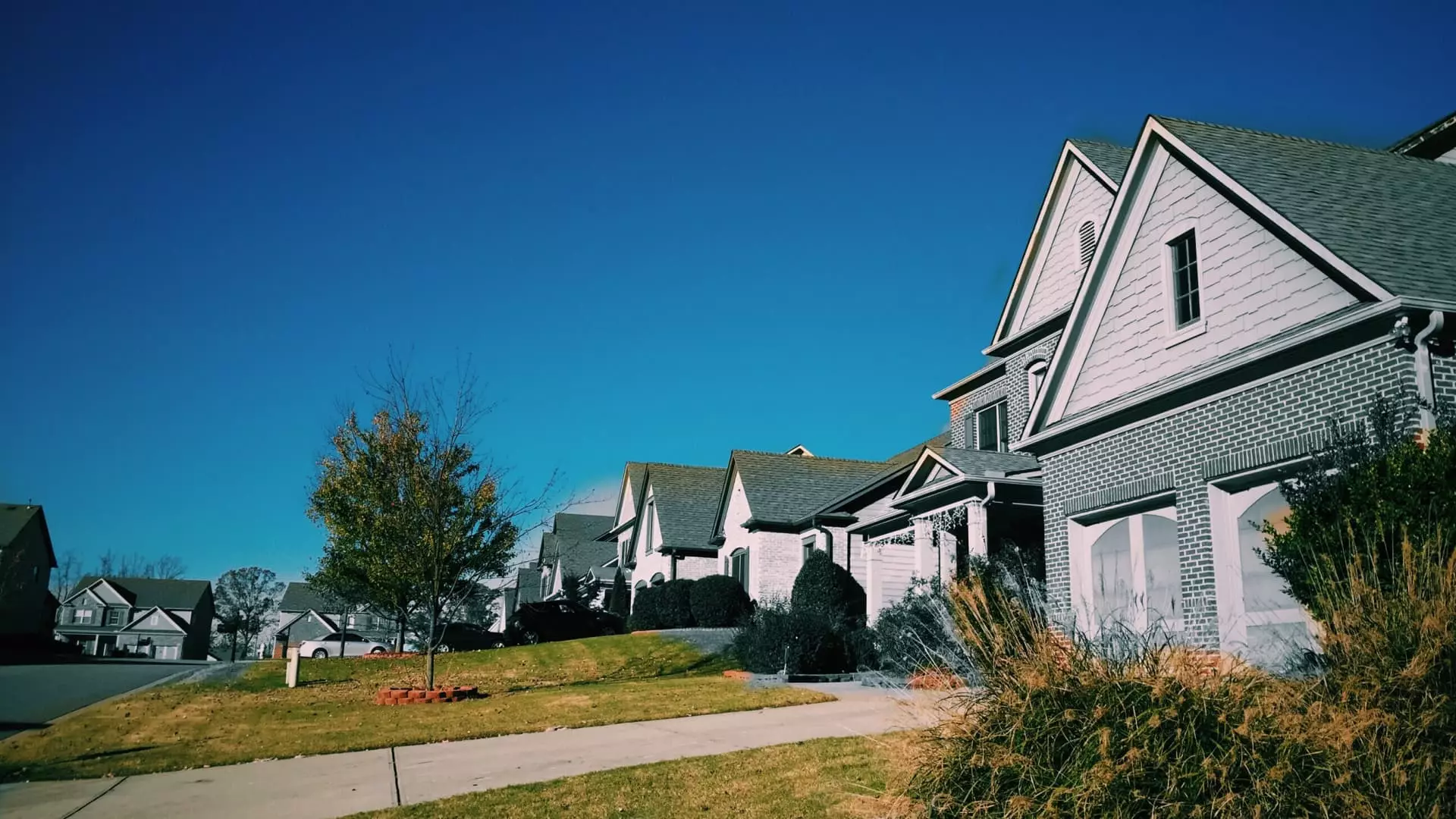The housing market has seen a significant increase in home equity, with homeowners now collectively having over $32 trillion in equity. This rise in home equity is primarily due to the surge in housing prices, which has propelled tappable equity to its highest level ever. Despite other negative aspects of the current housing market, this increase in home equity can be viewed as a positive development in an otherwise challenging environment.
While homeowners may have substantial equity in their homes, borrowing against it may come at a high cost. Interest rates for borrowing against home equity are currently near their peak, making it more challenging for homeowners to access this source of funds. With the Federal Reserve implementing several rate hikes in recent years, the cost of borrowing against home equity has increased significantly. This change in interest rates has altered the landscape of borrowing against home equity, with many homeowners finding it less affordable than in previous years.
In the aftermath of the pandemic, many homeowners took advantage of low interest rates to refinance their mortgages and access cash through a lump sum payment. However, with mortgage rates on the rise, fewer homeowners are opting for cash-out refinances. Alternatively, home equity loans provide another option for accessing cash by using the home as collateral. While this may be a suitable choice for homeowners looking to fund renovations or repairs, the higher interest rates associated with home equity loans may deter some from pursuing this option.
A HELOC offers homeowners a revolving line of credit based on a portion of their home’s equity. With better rates than credit cards but higher than traditional mortgages, a HELOC provides flexibility for borrowers to access funds when needed. While the average interest rate for a HELOC is around 10%, it is still significantly lower than credit card interest rates. However, it is essential for borrowers to shop around and compare terms and rates from different lenders before deciding on a HELOC.
Despite the potential benefits of tapping into home equity, there are significant risks involved. Defaulting on a home equity loan can lead to foreclosure and severely impact a borrower’s credit score. It is crucial for homeowners to carefully consider their financial situation and ability to repay any borrowed funds before taking out a loan against their home equity. Planning ahead and assessing all costs and risks associated with borrowing against home equity is essential to avoid financial hardships in the future.
While the booming home equity market provides homeowners with access to substantial funds, it is crucial to carefully evaluate the costs and risks associated with tapping into home equity. With interest rates on the rise and various borrowing options available, homeowners should seek professional advice and weigh all factors before making a decision. Responsible borrowing practices and thorough financial planning can help homeowners make informed choices and avoid potential pitfalls when leveraging their home equity.

